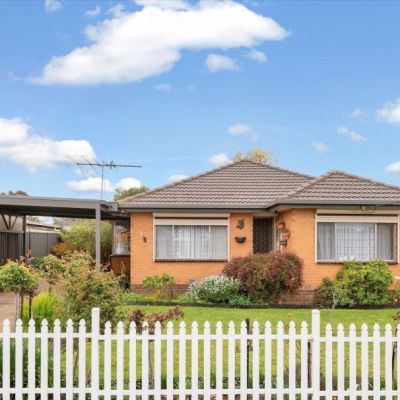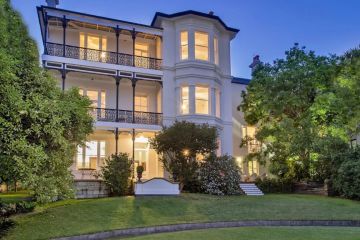How homeowners scraped through the high-rate era without forced sales
The volume of distressed property listings in Australia edged higher to start the year but the number of homeowners under pressure to sell their properties is well below 2020 levels.
The picture varies by state. Distressed selling in NSW has been drifting higher but remains clearly below 2020 levels, while Victoria has been rising and remains just below 2020 levels. In past years, distressed sales in Queensland comprised a significant share of the national total, but they have since plunged.
Distressed listings – advertisements marked with language such as “price reduced” or “vendor must sell” – increased nationally in January to 4782, a monthly uptick of 1.6 per cent, SQM Research data shows.
This is down 8.9 per cent compared with 12 months ago, however, and sits on par with some of the lowest distressed listings on record.
At a state level, the figures paint converse pictures of strain and survival.
In Victoria, distressed listings rose 1 per cent monthly, for a total of 1037 properties, but the sum is 14.5 per cent higher than at the same time last year.
In NSW, the January rise of 1.9 per cent (to 1201 listings) was tempered by an 8.7 per cent decline year-to-year, though it remains higher than in 2022.
Tasmania had the greatest rise in distressed listings over the 12 months, up 26.1 per cent, followed by the ACT (22.2 per cent), Victoria, South Australia (5.7 per cent) and the Northern Territory (3.6 per cent).
Western Australia dropped yearly by 22.3 per cent, ahead of Queensland (down 19.8 per cent) and NSW.
WA and the ACT were the only states or territories to clock monthly declines, of 3.9 per cent and 8.3 per cent, respectively.

SQM Research managing director Louis Christopher said WA’s robust jobs market probably accounted for its leading turnaround.
The overall national decline is influenced by the strength of the Queensland property market, where distressed listings have persistently fallen since spring 2020, he said.
“There is nothing too concerning going on here in the end,” Christopher said. “We note the rise in Victoria, but considering the national level, the figures are pretty benign.
“We are just off the lows at the national level. There was once upon a time, at the beginning of the series, we were recording over 12,000 distress listings.
“When we look at the state levels, that is another matter.”
Christopher said several property tax changes in Victoria last year may have had some bearing, but it was more likely that owner-occupiers were feeling the pinch.
“We know banks are playing a bit of a harder ball than they were during the COVID period, but the banks are not particularly keen on seeing too many mortgagee-in-possession advertisements out there, so they put a lot of pressure on the home buyer to sell up under their own steam.
“There is not a disaster brewing in the Victorian housing market.”

SQM Research’s earliest records of distressed listings nationally start in October 2020 and note 12,806, nine months after Australia officially recorded its first case of COVID-19.
Following a period of probable panic listing, government packages helped to stabilise the economy and the sharemarket made a recovery, Christopher said.
As Australians await the Reserve Bank’s decision on the cash rate on Tuesday, figures show mortgage holders today are largely coping with cost-of-living pressures.
The unemployment rate remains relatively low at 4 per cent, on ABS data, helping borrowers pay their debts.
AMP Capital chief economist Shane Oliver said “solid macroprudential controls” had established a safeguard for households to manage mortgage rises, and banks were more responsive to customers asking for a better rate.
“In recent times, banks have required borrowers to meet the serviceability test, which is that you can still service the loan even if interest rates are three percentage points higher,” he said.
“Interest rates are relevant, but they are not the only factor because those buffers are built in.”
Oliver agreed that the January figures were “benign” but said that circumstances could turn.
The average Australian has pulled back discretionary spending, including on new car and whitegoods purchases.
“That is how people have survived, as opposed to being forced to sell their house,” Oliver said.
“House prices have come down from their highs, but not dramatically, and the fact that they have not is why there has not been a surge in distress listings.
“In some cities it is a bit of an issue, but not a big one.
“Of course, there is always a danger that things are OK until they are not.”
We thought you might like
States
Capital Cities
Capital Cities - Rentals
Popular Areas
Allhomes
More









